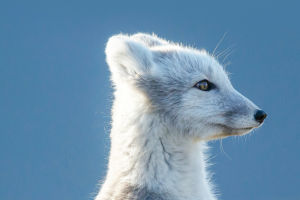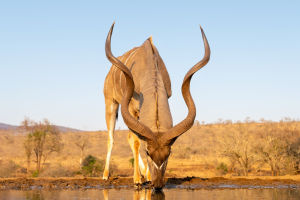In today's harsh and less-than-ideal climate, grasslands are filled with predators and dangerous humans.
Struggling to survive in the animal kingdom, the zebra's beauty, lethality, and near-impossibility of taming have given the zebra a unique ecological niche.
Throughout history, humans have learned the hard way that zebras are difficult to tame; in fact, they are impossible to tame.
Having lived for millions of years in environments like Africa, where the underdog is the strongest, zebras seem to have honed their competition with the big boys in their circle of life, such as lions and leopards, and over time, they have become aggressive, tenacious survivors. This has led to the aggressive behavior of the zebra and made them difficult to domesticate.
Zebras have a unique set of traits and behaviors that make them nearly impossible to ride. They are the only horses with an avoidance reflex, which allows them to effectively avoid the lasso.
As a result, saddling a zebra is essentially an exercise in futility. In addition, zebras never fully conformed to the ancient domestication standards, which had many regulations, one of which was friendliness to humans, a trait that zebras abandoned at a very early age.
Thus, while humans tamed horses and rode them across the grasslands, zebras remained quietly grazing in the meadows. Moreover, zebras are prey to lions, so when people chase them, they instinctively see humans as predators and are not afraid of them, although they are not friendly to humans.
One of the most awe-inspiring features of the zebra is its ability to grow from infancy to adulthood in less than an hour, at least in terms of walking on all fours.
A zebra foal can walk within 15 minutes of birth, and an hour later, the foal is already running. This is a remarkable feat of nature, and it highlights the strength and resilience of zebras. However, despite this accelerated childhood, statistically, they still face a 50% mortality rate.
Zebras are herd animals and can sleep standing up, needing only 2-3 hours of sleep per day, and the animals in the herd take turns sleeping.
Even in their sleep, zebras still have a "fight" or "flight" instinct and are ready to bite. Zebras are also among the most traveled animals on earth, traveling nearly 3,000 kilometers per year, the longest of any land mammal in Africa. As they travel along the savannah, they often join forces with other species such as the horned horse, hunting together and living together.
To us, zebras all look the same, but in the world of zebras, each stripe is unique. This black and white coloration helps them hide from predators, repel blood-sucking insects, and even serve as sunscreen.
Zebra stripes are not just for aesthetic purposes; they are also a way to identify zebras, much like human fingerprints. To date, no two zebras have been found to have the same stripes on their bodies. Moreover, it is possible to learn more about a zebra by the patterns of its fur, such as which subspecies it comes from.
Although zebras are herbivores, with strong jaws and keen eyesight, they have the traits needed for combat.
Most notably, they have the unique skill of the deadly back kick, which can easily break a human's jaw and even kill a lion.


